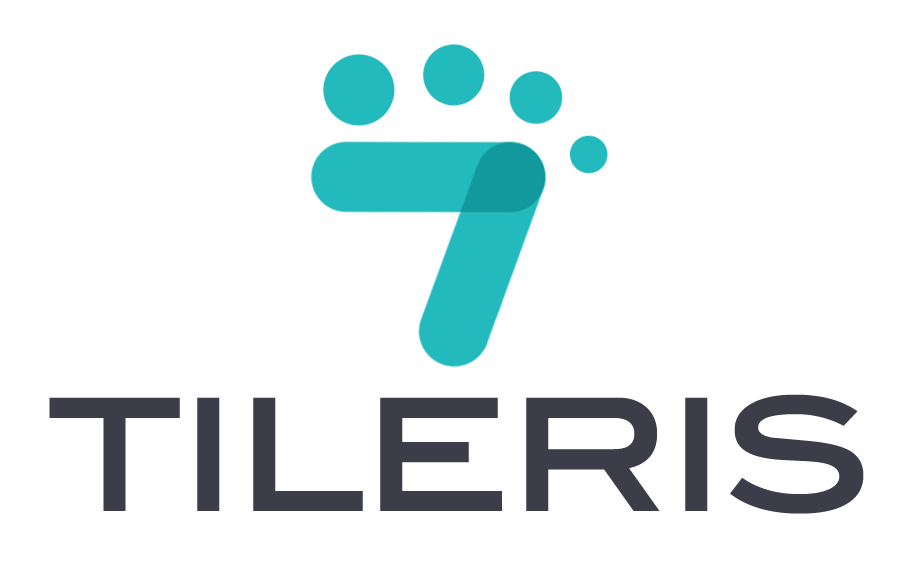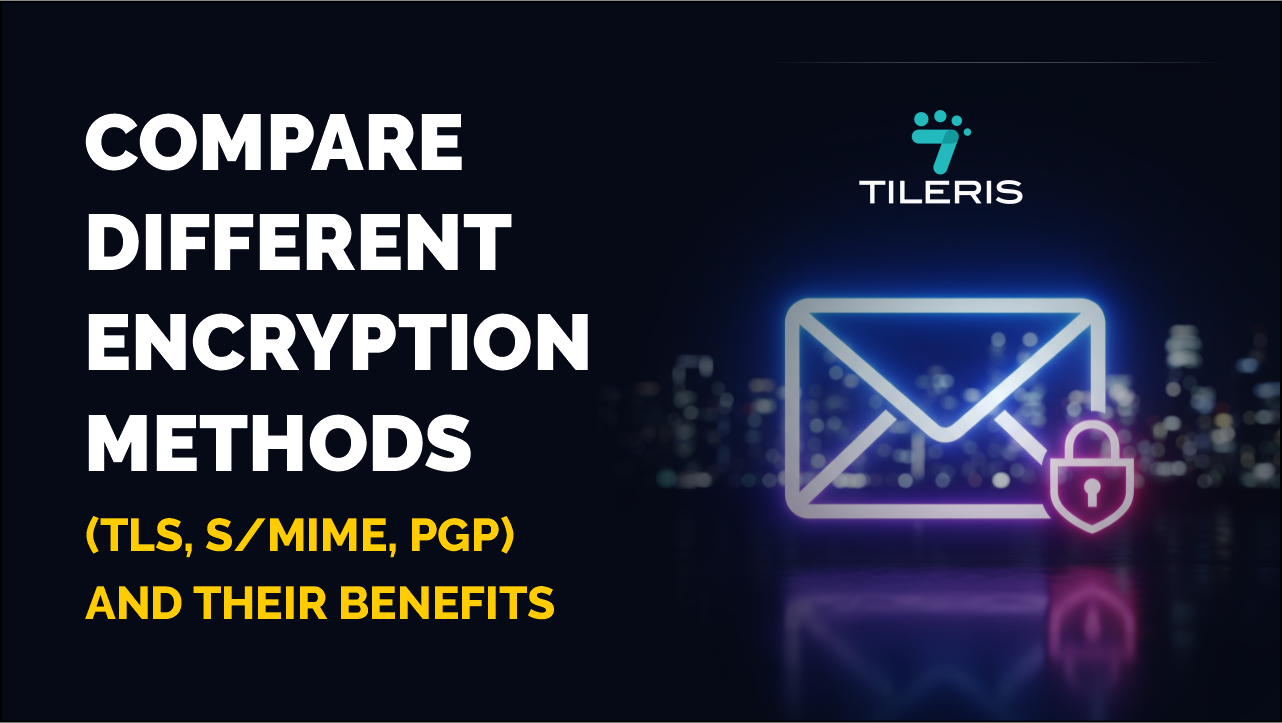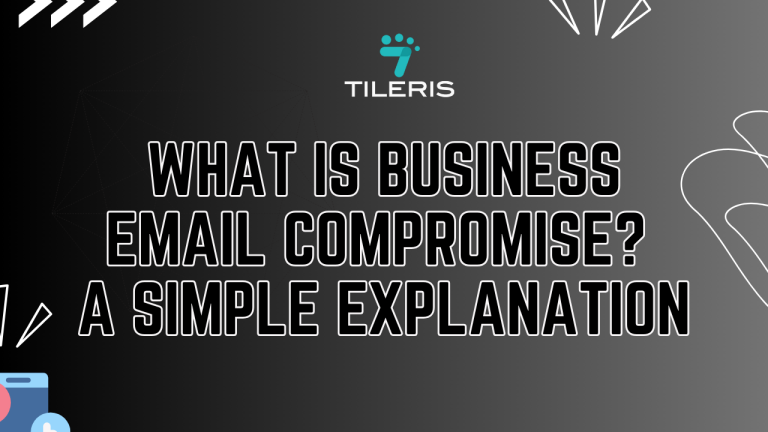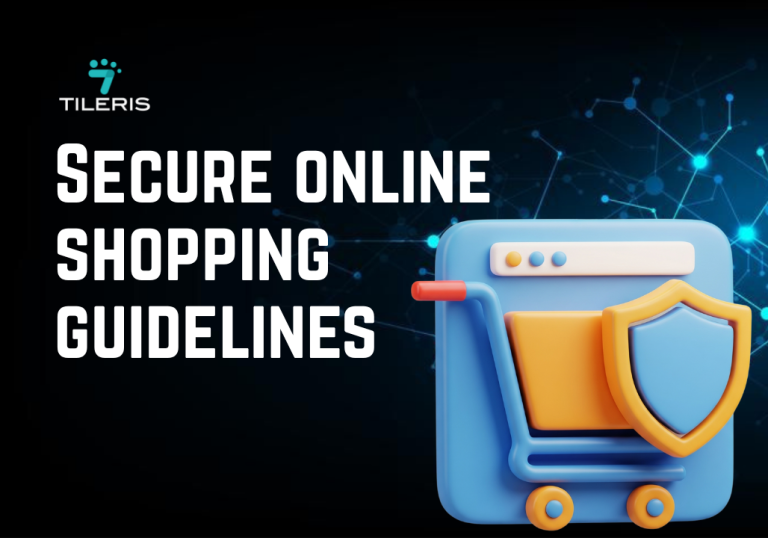Compare different encryption methods (TLS, S/MIME, PGP) and their benefits
Introduction
Encryption can sound intimidating. For most people, it feels like a topic reserved for hackers in movies or cybersecurity experts locked in data centers. But in reality, encryption methods are part of our everyday lives. Every time you check your email, visit your bank’s website, or send a message on your phone, encryption is quietly working behind the scenes to protect your information.
But not all encryption methods are built the same or serve the same purpose. Depending on how and where you’re communicating, the right method makes all the difference.
In this article, we’ll break down three common encryption methods, TLS, S/MIME, and PGP, and explore what they are, how they work, and when to use them. By the end, you’ll not only understand these tools, but you’ll know which ones best fit your needs.
What Are Encryption Methods, Really?
Let’s start with a basic definition. Encryption methods are techniques used to scramble data so that only authorized parties can read it. Think of it like writing a secret message in a language only your friend understands, if someone intercepts it, they see gibberish. The “language” in this case is math-based encryption.
Whether you’re securing data in transit (like a message traveling through the internet) or data at rest (like a file stored on your computer), encryption makes that data unreadable to anyone who shouldn’t have access.
Now, let’s meet the three big players: TLS, S/MIME, and PGP.
TLS: Your Invisible Guardian of the Internet
Let’s start with TLS, or Transport Layer Security. If you’ve ever seen “HTTPS” at the beginning of a website address, or a little padlock icon in your browser’s address bar, you’ve already encountered TLS. It’s the invisible guardian that secures the vast majority of your internet activity, from Browse your favourite news site to online banking.
Imagine you’re sending a confidential letter through the mail. Without any protection, anyone along the route could open it and read its contents. TLS acts like a secure, tamper-proof envelope that wraps your data as it travels across the internet. It ensures that the information you send from your device to a server (and vice-versa) remains private and unaltered.
So how does it work its magic? Well, when your web browser (or any application) tries to connect to a server, they perform a quick, secure “handshake.” During this digital handshake, they agree on a secret code (an encryption key) that only they know. They also verify each other’s identity using digital certificates, much like showing an ID card.
Once this secure connection is established, all your data zips back and forth, encrypted with that secret code. Even if someone were to intercept your data, all they’d see is scrambled gibberish, utterly useless without the key.
The biggest benefit of TLS is its sheer ubiquity and transparency. It works quietly in the background, making our online lives significantly safer without us even having to think about it. It protects your passwords when you log into websites, secures your financial details during online purchases, and encrypts your chats on many messaging apps.
It’s the reason you can feel relatively safe sending sensitive information over public Wi-Fi. However, it’s crucial to remember that TLS primarily protects data in transit. Once your email lands in your inbox or your file is stored on a server, TLS’s job is done. It doesn’t inherently protect your data at rest.
Benefits of TLS:
- It’s automatic and invisible to most users.
- It protects your data while it’s on the move.
- It’s widely adopted and trusted.
Limitations:
- It doesn’t protect data once it reaches its destination.
- It doesn’t offer message-level encryption.
S/MIME: The Corporate Email Bodyguard
Now, let’s shift our focus to S/MIME, which stands for Secure/Multipurpose Internet Mail Extensions. While TLS protects the transport of your email, S/MIME is designed to secure the email message itself, right from your computer to the recipient’s.
Think of it as a personal bodyguard for each of your emails, ensuring that its contents are private and authentic.
S/MIME is particularly popular in corporate and government environments. It relies on digital certificates issued by trusted third parties, known as Certificate Authorities (CAs).
If you’ve ever had an ID card issued by a government agency, you’ll understand the concept. These certificates essentially act as your digital identity, confirming who you are online.
When you want to send an encrypted email using S/MIME, you use the recipient’s public key found in their digital certificate to scramble your message. Only their unique private key can unlock it.
This means that even if your email travels through multiple servers, potentially unencrypted at different hops, the actual content of the message remains secure from prying eyes.
Beyond encryption, S/MIME also offers a powerful feature which is digital signatures. With a digital signature, you can “sign” your email with your private key. This does two very important things. First, it assures the recipient that the email genuinely came from you and not an impostor.
Second, it proves that the message hasn’t been tampered with since you sent it. In a world riddled with phishing attacks and manipulated communications, digital signatures are incredibly valuable for establishing trust and non-repudiation , meaning you can’t later deny having sent the email.
The beauty of S/MIME lies in its integration. Many popular email clients, like Microsoft Outlook, have built-in support for S/MIME, making it relatively straightforward to use once configured.
It’s perfect for organizations that need to comply with strict data protection regulations or those who regularly exchange sensitive information with clients and partners.
The main hurdle for wider adoption, however, can be the management of these digital certificates, obtaining them, installing them, and ensuring they remain valid can be a bit of a chore for individual users.
Benefits of S/MIME:
- Provides true end-to-end encryption for email.
- Confirms message authenticity with digital signatures.
- Integrated into many enterprise email platforms (like Outlook and Apple Mail).
Limitations:
- You need to manage certificates, which can be confusing for non-techies.
- It’s not always supported by webmail platforms (like Gmail, unless configured with third-party tools).
PGP: The People’s Privacy Tool
Lastly lets talk about PGP, or Pretty Good Privacy, and its open-source counterpart, OpenPGP. PGP emerged from a desire to make strong encryption accessible to everyone, not just corporations or governments. It’s often considered the “people’s privacy tool” and is widely embraced by individuals, journalists, and activists who prioritize strong, end-to-end encryption for their communications.
Like S/MIME, PGP provides end-to-end encryption for emails and can also be used to encrypt files on your computer. But where it differs significantly is in its approach to “trust.” While S/MIME relies on centralized Certificate Authorities, PGP champions a “Web of Trust.” Instead of trusting a single, central authority, you (and others) can digitally “sign” each other’s public keys, essentially vouching for their authenticity. It’s a decentralized approach, built on personal connections and mutual verification.
When you want to send an encrypted email with PGP, you first generate a pair of cryptographic keys: a public key (which you share with the world) and a private key (which you keep absolutely secret). To encrypt a message for someone, you use their public key.
Only they can decrypt it with their corresponding private key. It’s a bit like having a mailbox with a public slot for letters, but only you have the unique key to open and retrieve them.
PGP also offers robust digital signing capabilities, allowing you to prove your identity and the integrity of your messages. Many users find PGP to be incredibly powerful for ensuring confidential communication. It’s particularly favoured by those who want to minimize their reliance on third-party authorities for their security.
The main challenge with PGP for many lies in its user-friendliness. While it’s designed to be accessible, the initial setup and key management can be a bit more hands-on and technical than S/MIME.
You might need to install dedicated software or browser extensions to use it effectively. However, for those committed to maximum privacy and control, the learning curve is often seen as a worthwhile investment.
Benefits of PGP:
- End-to-end encryption with strong cryptographic standards.
- You own and manage your encryption keys.
- Can be used for both emails and file encryption.
Limitations:
- Steep learning curve for beginners.
- Key management and trust-building require effort.
- Not built into most email clients by default.
Side-by-Side Comparison: TLS vs. S/MIME vs. PGP
To help you get a clearer picture, here’s a table comparing these three encryption methods across key categories:
| Feature | TLS | S/MIME | PGP / OpenPGP |
| Encryption Type | Encrypts the communication channel (not the message itself). | Encrypts the actual email content from sender to recipient. | Encrypts both emails and files with robust end-to-end encryption. |
| Used For | Securing websites (HTTPS), email transport between mail servers. | Securing internal and external business emails, especially in enterprises. | Personal privacy, file encryption, whistleblowing, activist or confidential use. |
| Authentication | No built-in sender verification, anyone can send from any address. | Yes, verifies the sender’s identity through digital certificates. | Yes, confirms the sender via digital signatures tied to personal key pairs. |
| Key Management | Handled automatically by web servers and apps, no user action needed. | Managed through centralized certificate authorities or IT departments. | Fully manual, users create, exchange, and trust keys themselves. |
| Ease of Use | Totally seamless; it “just works” in most browsers and apps. | Fairly easy if set up by IT; may feel clunky for personal email users. | Can be complex for non-tech users; key management takes effort to learn. |
| Message Integrity | Doesn’t ensure the message wasn’t changed, focus is on transmission. | Ensures message hasn’t been tampered with, thanks to digital signatures. | Provides strong message integrity via hashes and signatures. |
| Confidentiality | Keeps data safe while it’s in motion, but not once it reaches its end. | Ensures only intended recipient can read the message. | Only the recipient with the private key can decrypt and read the message. |
| Scalability | Extremely scalable—used globally across all web traffic. | Scales well in enterprise environments with certificate management tools. | Doesn’t scale easily without user cooperation; better for small groups. |
| Popular Use Cases | Secure browsing, online payments, and email transport. | Healthcare data exchange, financial correspondence, legal firms. | Private conversations, journalism, NGO communications, secure file sharing. |
| Setup Requirements | None for end users, it’s baked into browsers and services. | Needs user certificates and setup within the email client. | Requires plugins, key generation, and key exchange; more DIY than plug-and-play. |
| Trust Model | Relies on Certificate Authorities (CAs) to validate websites. | Relies on centralized certificate authorities (trusted third parties). | Uses a decentralized “web of trust”, you decide whom to trust. |
| Visibility | Entirely behind the scenes; users rarely interact with it. | Visible to the user, digital signatures and certificates are user-facing. | Very visible, users must manage keys and trust levels manually. |
Which One is Right for You?
If you’re still wondering which encryption method is best for you, here’s a quick cheat sheet:
- If you just want to make sure your data isn’t intercepted while browsing or sending general emails, TLS is probably all you need, and the good news is, it’s already built into most apps and browsers.
- If you’re in a corporate setting and need to protect confidential emails (and prove who they’re from), S/MIME is the way to go. It’s secure, verifiable, and often managed for you by your IT team.
- If privacy is your top priority, say you’re a journalist, whistleblower, or just someone who wants more control, PGP is worth learning. It gives you full ownership of your encryption, but it does come with a learning curve.
Conclusion
Encryption isn’t just for tech pros, using the right encryption method matters more than ever. And while the alphabet soup of TLS, S/MIME, and PGP might seem confusing at first, they each play a unique role in keeping your information safe.
By understanding the strengths and trade-offs of each, you can make smarter choices about your digital security. And who knows? You might just become the go-to encryption expert in your circle.
Start by checking if your email client supports encryption. Then explore tools like Mailvelope (for PGP in Gmail) or reach out to your IT team about enabling S/MIME at work. One step at a time, you’ll be mastering encryption methods like a pro.
Stay One Step Ahead with Smart Encryption Practices
Understanding encryption methods is just the first step toward locking down your digital life. Want to take your security game to the next level?
Download your free Security Checklist today! It’s filled with simple, actionable steps to help you stay protected online, perfect for anyone exploring tools like TLS, S/MIME, or PGP.
Need a bit more guidance?
You can also request a free consultation, our team is happy to walk you through your options and help you choose the right approach for your needs.
Curious how modern AI can make security even easier?
Request a demo to see how Tileris AI Agents work in real time. Just drop us a note through our contact form, and we’ll show you what smarter security really looks like.







